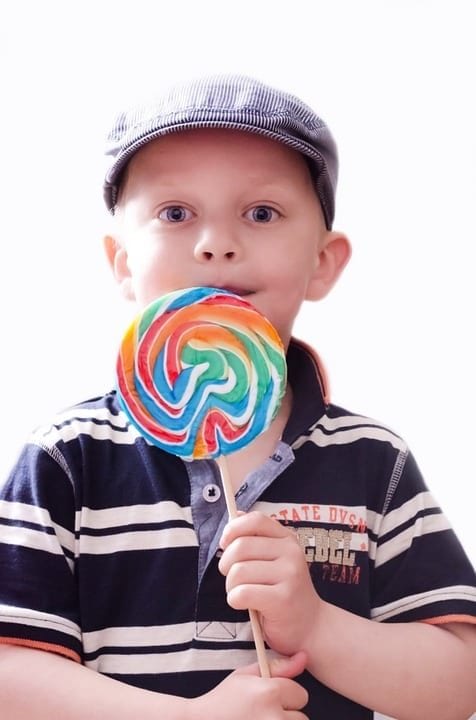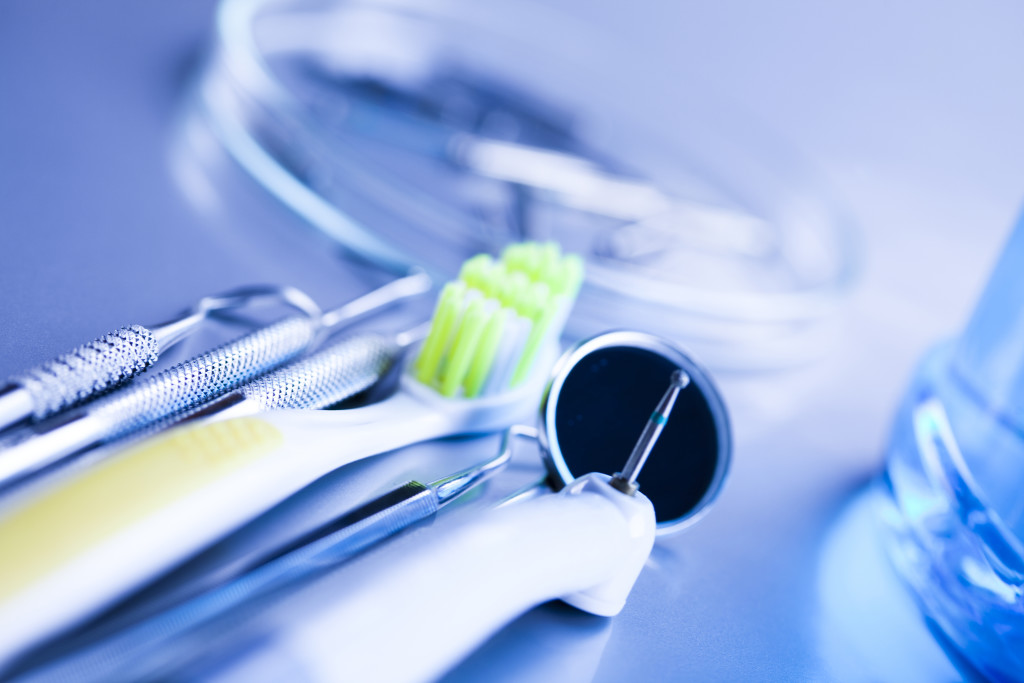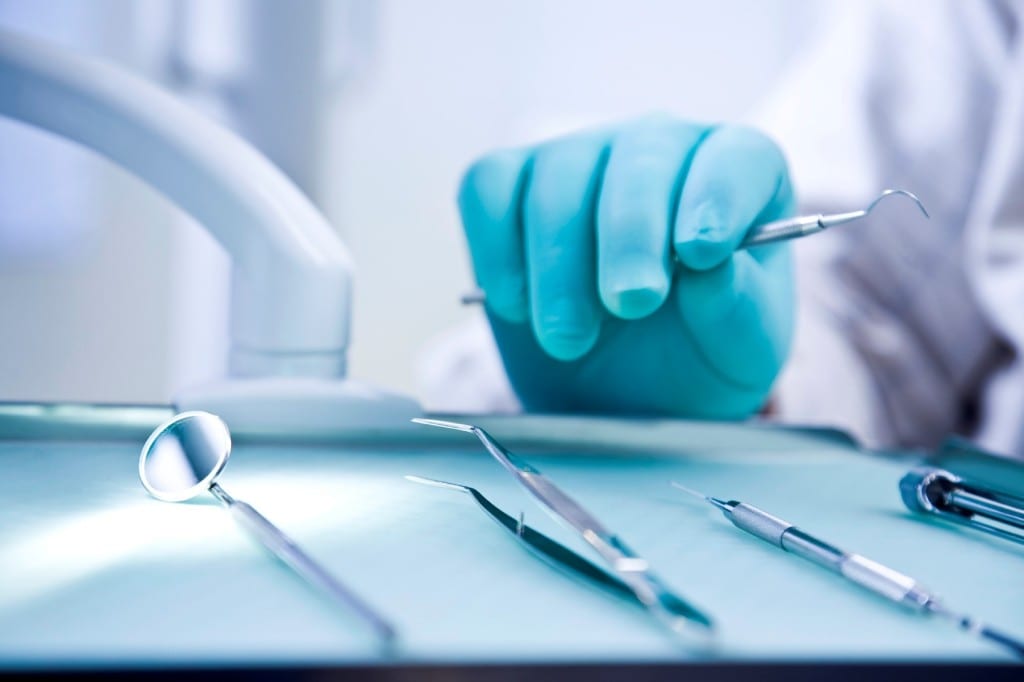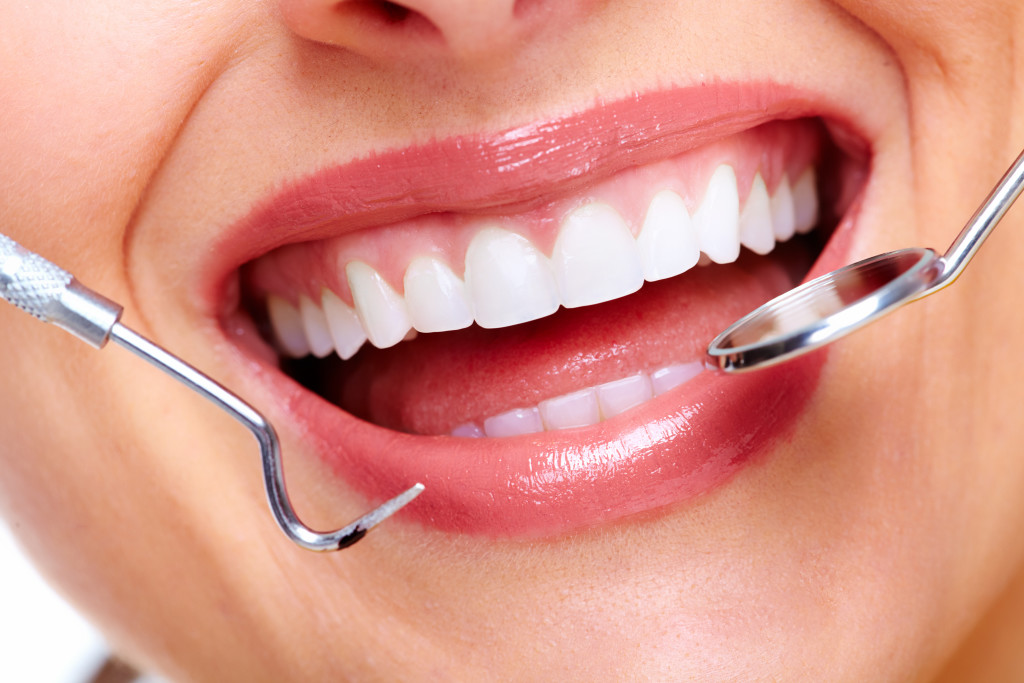 Sweets can destroy not only the immune system of the child’s body, but also affect the state of the gastrointestinal tract and, of course, the teeth.
Sweets can destroy not only the immune system of the child’s body, but also affect the state of the gastrointestinal tract and, of course, the teeth.
Children and sweets: the dental aspect
Perhaps all adults know that all sweet has a destructive effect on the teeth. Basically, such information is presented, oddly enough, in advertising, where there is a propaganda of all sugar-free and natural. But not all foods, even without sugar, are equally beneficial. Dentists even have a certain classification in which all available sweet food is divided into several categories.
Children and Sweet: Category # 1
The safest category, which includes the least harmful products of natural production: honey, homemade jams and juices, exclusively natural soft drinks.
Speaking of honey, most people represent a sweet and exceptionally useful product that helps not only to cope with a certain number of diseases, but also to keep the body in good shape.
Honey is a concentrated mixture of sugars. Due to the fact that they all have a natural origin (fructose, glucose, sucrose), they not only do not cause harm, but also are extremely beneficial for both children and adults.
Despite all these useful properties, honey is a rather dangerous product, being a strong allergen containing particles of flower and grass pollen. If the child is prone to allergies, then honey should be given only in small quantities and at the same time monitor possible reactions.
Jam is a definite synthesis of natural fruit sugar (fructose) and regular, less useful sugar (sucrose). Despite the content of ordinary sugar, jam is produced under the action of processes that smooth out its “harmfulness”. Jam quickly disintegrates under the action of saliva into harmless enzymes, and sugar does not have time to settle on the surface of the teeth.
It can be said that honey and jam are healthy sweets for a child. However, do not overeat them: these products contain sugar, which when used in large quantities can cause a lot of harm to baby teeth.
The first category also includes less useful and more dangerous lemonade and juices with sugar content. In addition to the fact that the teeth, although minimal, are destroyed by the sugar contained in the drinks, juices can be consumed by children exclusively from the bottle with the nipple. This can lead to bottle caries, which is difficult to diagnose and treat for a long time.
Children and Sweet: Category 2
The second category includes more “heavy” sweets, which are represented by candies – chocolate, candies, and toffee.
The most harmless of the second category are plain chocolates without fillers. Chocolate is subject to rapid disintegration under the action of saliva and quickly “falls” down without lingering in the oral cavity. Even if the particles remained on the tongue or teeth, they can be easily washed with any mouthwash. If it is not available, a glass with ordinary water will do.
Be careful with the chocolates with the filling, carefully examining the composition of the contents. The safest bars are raisins, nuts, and dried fruit.
If the filling is jelly, fudge or nougat, then it will linger on the child’s teeth for a long time and will gradually destroy them. When periodically eating sweets with a “liquid” filling, caries will not be long in coming.
The most dangerous representatives of the second category are lollipops. Dentists call them “tooth killers.” Lollipops, and especially chupa chups, are not recommended to be used not only for children, but also for adults.
The ingredients that make up these candies are practically not split by saliva. On the contrary, saliva promotes the formation of a dense sugar film and a specific acid that covers the teeth, gradually destroying them. These dangerous substances are removed only with a toothbrush and toothpaste.
Children and Sweet: Category 3
The real heavy artillery when attacking the teeth is harmful, but very tasty pastries – rolls, cookies, gingerbread, cakes. And with the latter the situation is the same as with chocolate candies. All the “harmfulness” of pies, buns and cookies depends on their filling. The most dangerous are the fillings of condensed milk, butter cream, meringue, special pastes.
In addition to a large amount of sugar, these fillers have the properties of glue, strongly sticking to the surface of the teeth. Sugar accumulates not only on the teeth, but also between them, which is especially dangerous, because it is almost impossible to clean it with improvised means.
Caries caused by pies are very difficult to diagnose on their own without special tools, since it eats away a tooth at its very foundation.
Eat the same way, suffer in different ways
Everyone knows that every human body is an irreproducible individuality, therefore, they all react to the same things differently. For example, someone can eat everything and not get even a gram. They say about such people: “Not in a horse feed.” And someone literally plump from the air. With the influence of sweets on the body – a similar situation.
The level of influence of sugar on the child’s teeth will depend on many factors, among which are the baby’s age, hygienic skills and skills, the degree of mineralization of enamel, the composition of saliva.
Children and sweets: age
Each product should be introduced into the nutrition of the child from a certain age. It is not in vain that they write on jars and packages: “For feeding children from the age of 3”. This is due not only to the preparedness of the gastrointestinal tract, but also to the state of the tooth enamel.
Enamel of milk teeth is much thinner and more fragile than that of the indigenous ones. At the same time, milk teeth are in a constant process of mineralization. The smaller the child, the less active and protective minerals in the tooth. That is why children under 3 years should not be given a sweet. If the parents decide to give the baby something to try, it is necessary to carefully examine the composition – it should not contain harmful substances and sugars.
As a rule, for children up to the year they buy special instant biscuits that melt in the mouth under the action of saliva. Such a product will not only have a destructive effect on the teeth, but will also be as safe as possible for the baby – it is very difficult to choke on melting cookies.
Oral Hygiene
Proper oral hygiene will help avoid problems even with improper nutrition. If a child has learned to “hold” a toothbrush and understands how to use it, then most of the problems with his teeth are not terrible for him.
It is important to explain to the child that after the process of cleaning the oral cavity with a toothbrush, harmful plaque and bad microorganisms are removed. It is necessary to brush your teeth at least 2 times a day.
Heredity
It is very difficult to fight with heredity. If the relatives of the child in several generations have bad teeth, then the baby should not expect anything good. It is not only about the appearance of teeth and the state of enamel, but also about the composition of saliva, which can corrode enamel or poorly dissolve sugar in food, allowing it to sediment in the mouth.
Children with poor “dental” heredity should visit dentists for prophylactic purposes much more often than their peers.
Picture Credit: PublicDomainPictures






